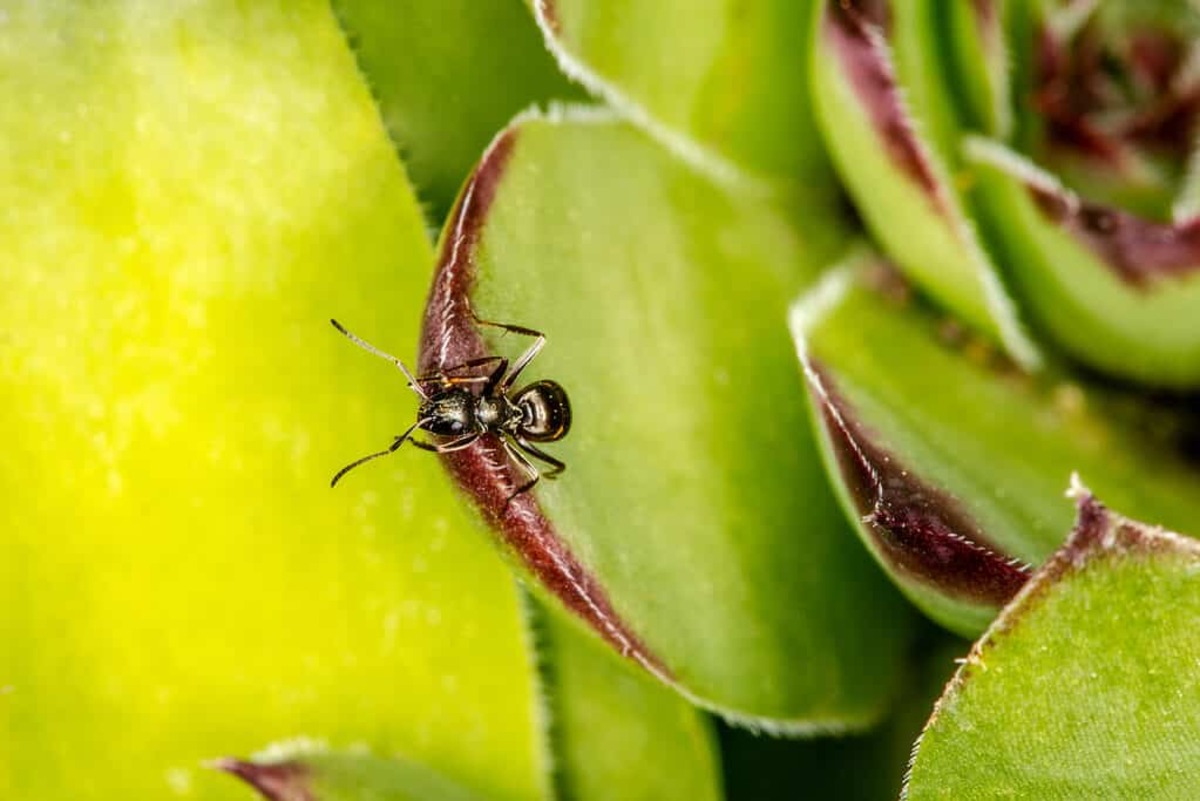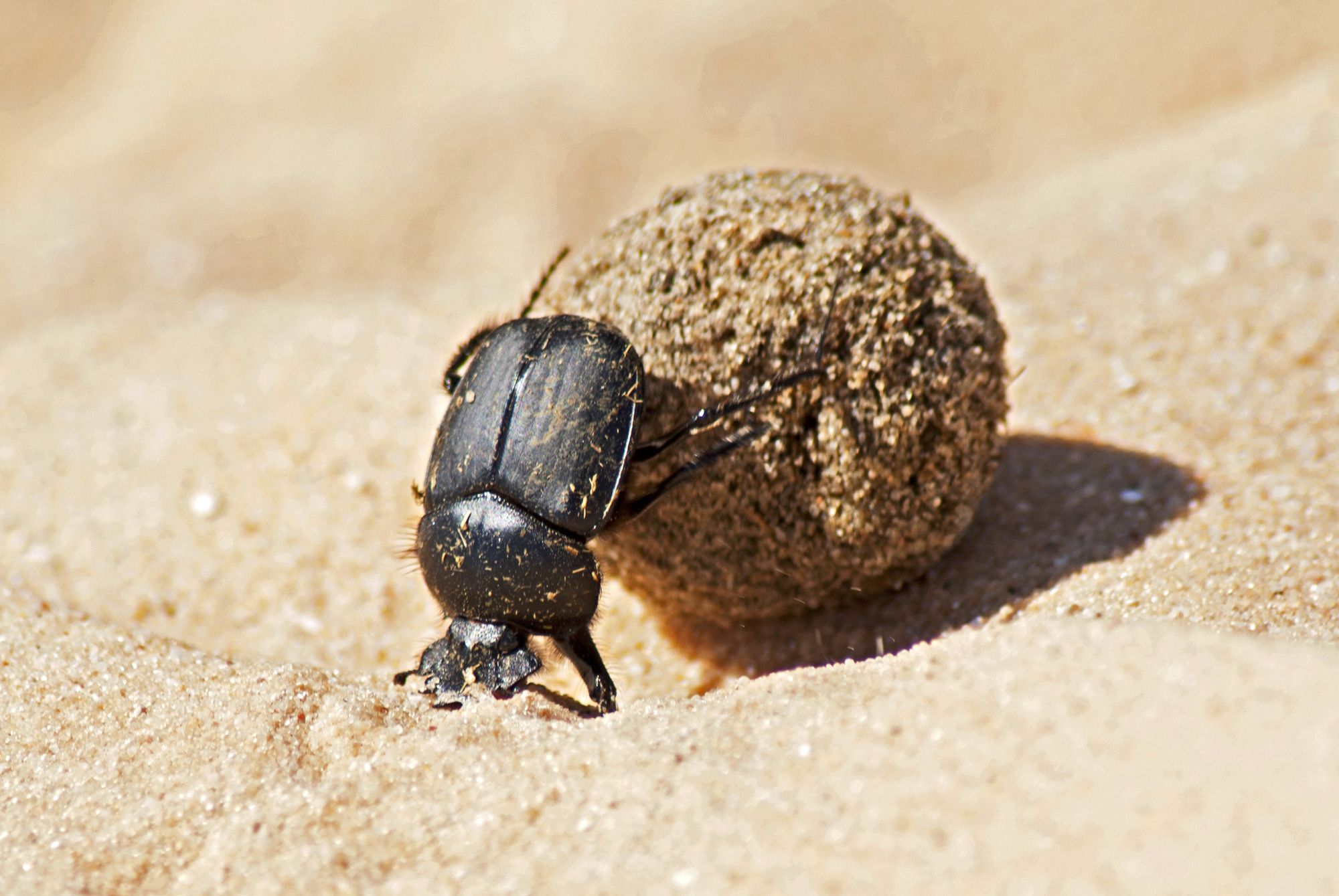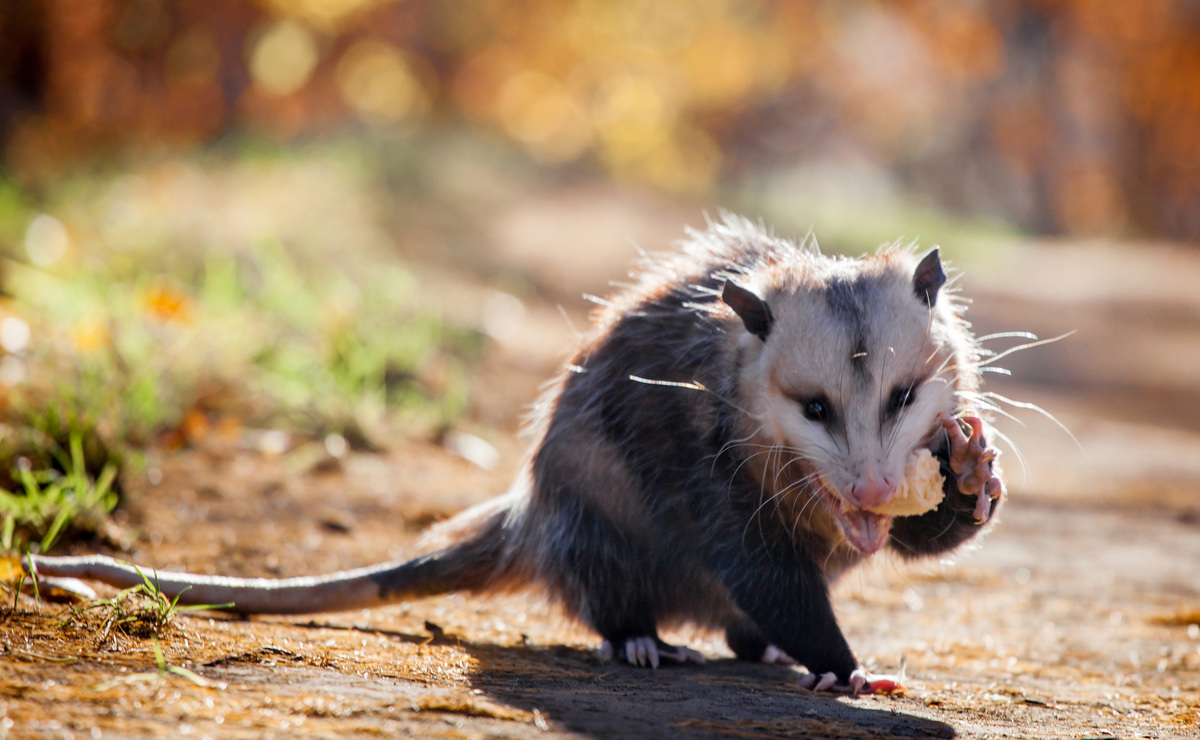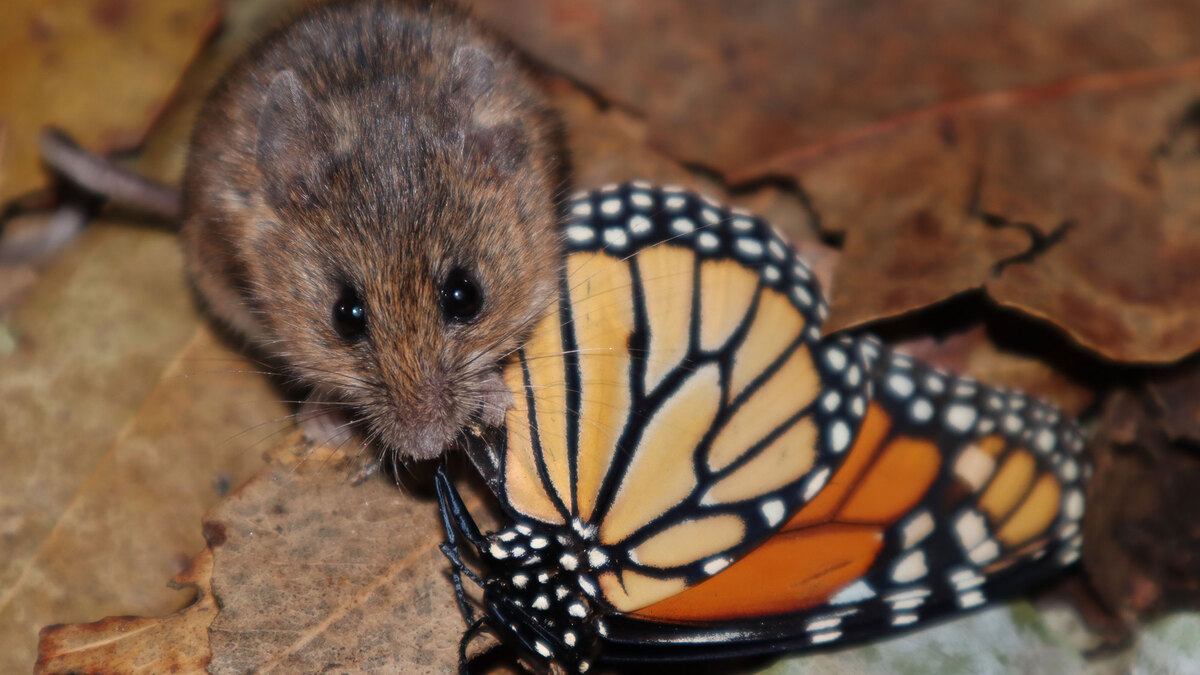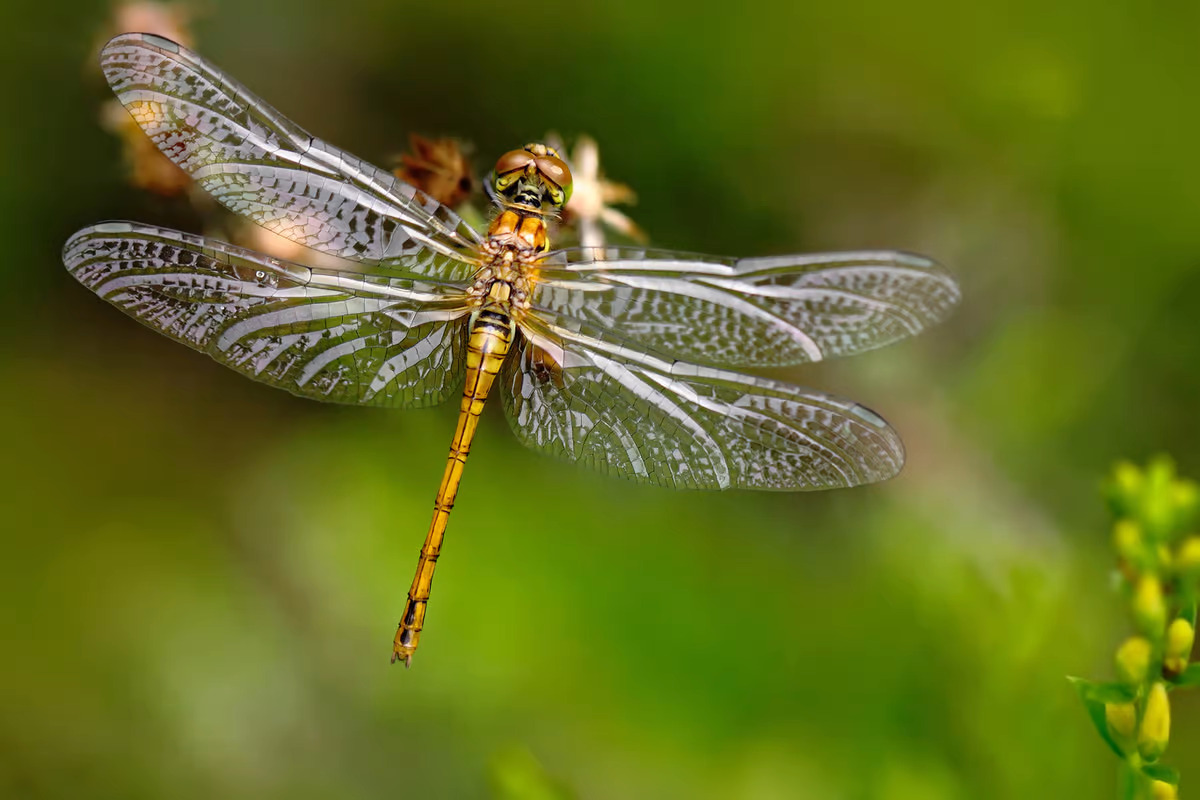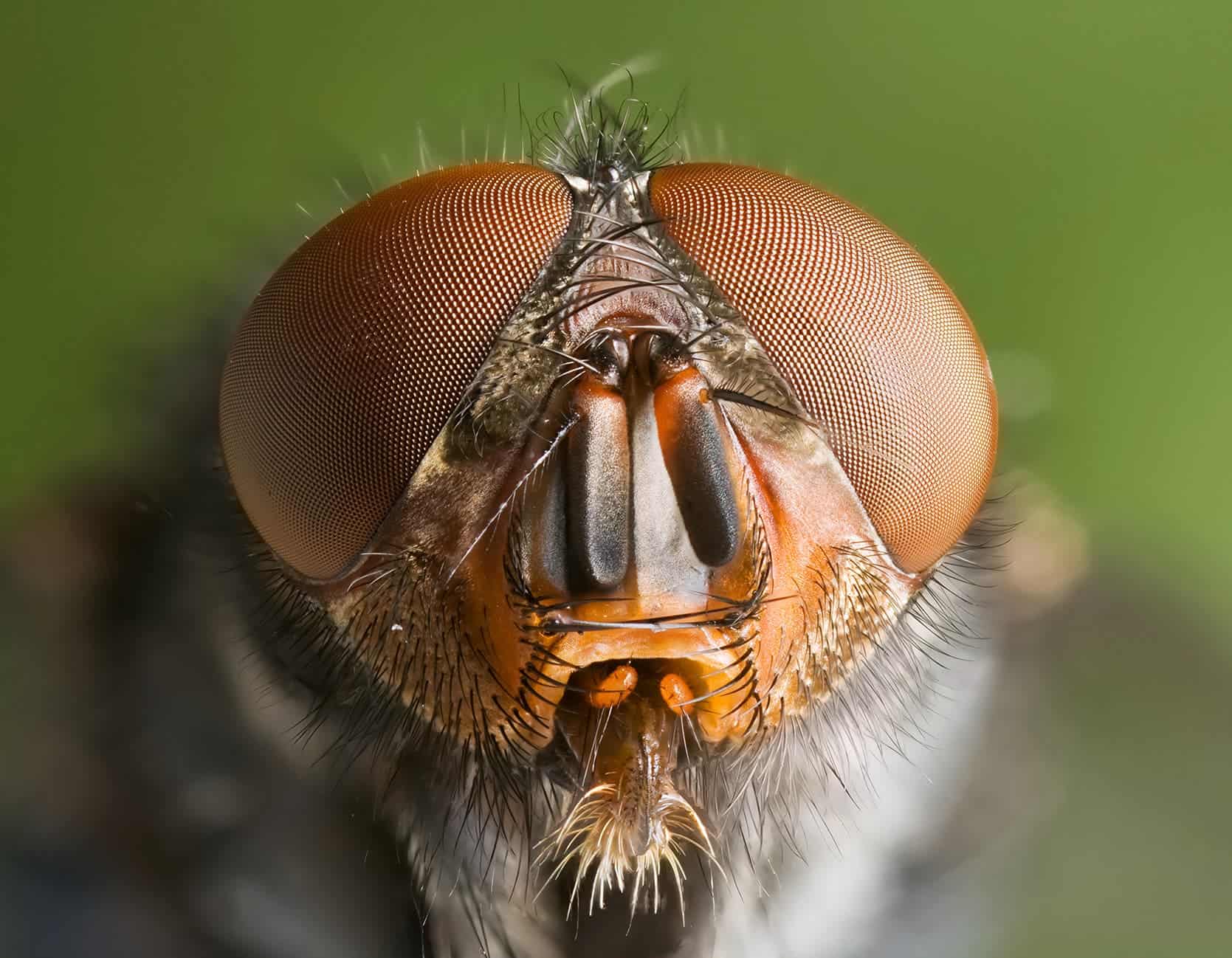Home>Gardening News and Trends>Latest News>What Do Ants Do With Dead Insects
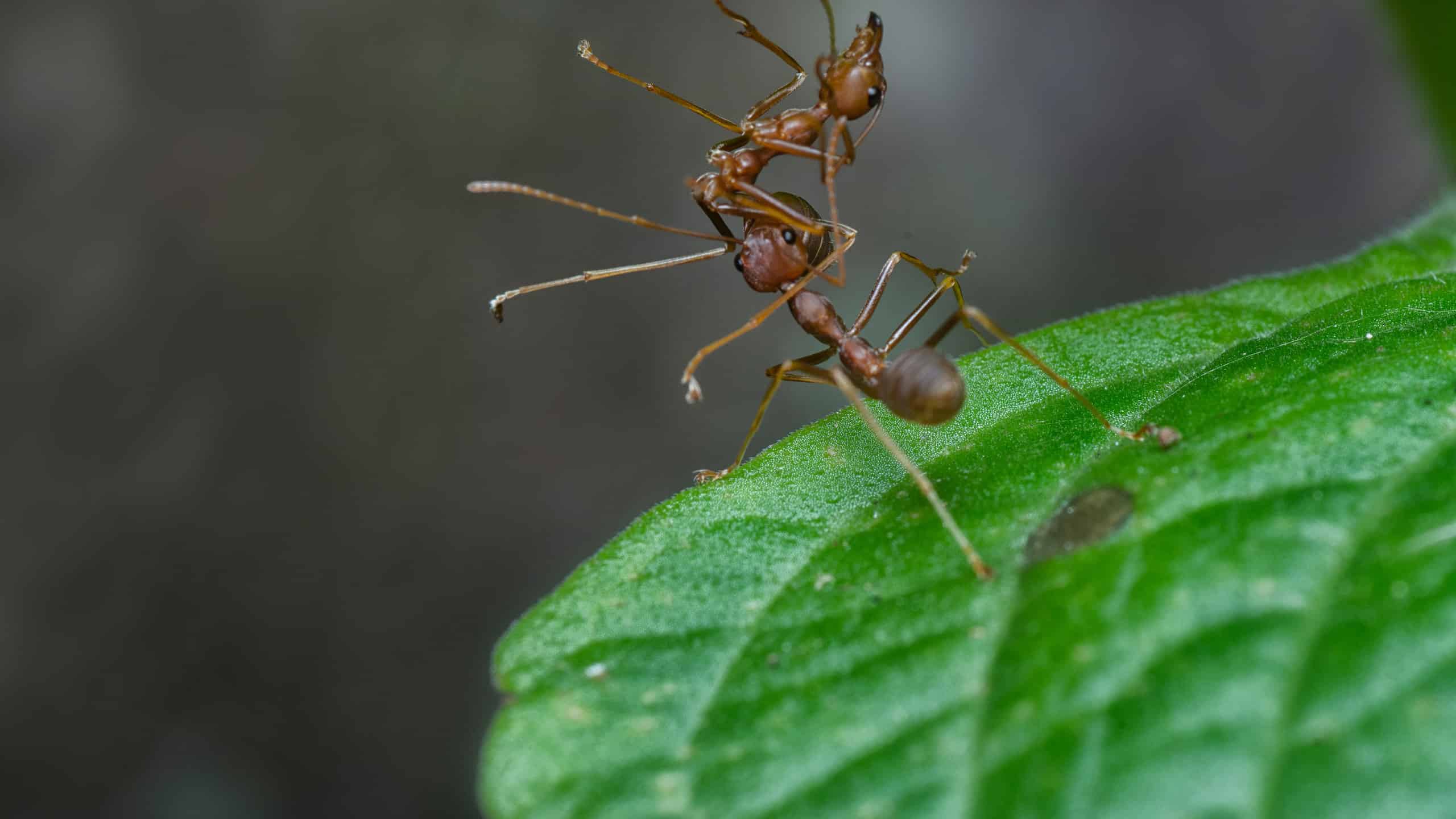

Latest News
What Do Ants Do With Dead Insects
Modified: January 22, 2024
Stay updated with the Latest News on what ants do with dead insects. Discover the intriguing behaviors and fascinating habits of these tiny creatures.
(Many of the links in this article redirect to a specific reviewed product. Your purchase of these products through affiliate links helps to generate commission for Chicagolandgardening.com, at no extra cost. Learn more)
Table of Contents
- Introduction
- The Role of Dead Insects in Ant Colonies
- Ants and the Decomposition Process
- Ants as Cleaners: Removing Dead Insects from the Colony
- Ants as Farmers: Utilizing Dead Insects as Fertilizer
- Ants as Recyclers: Breaking Down Dead Insects for Nutrient Recycling
- Ants and the Social Significance of Dealing with Dead Insects
- Conclusion
Introduction
Ants, the tiny but highly organized creatures, play numerous important roles in the ecosystem. They live in large colonies and have intricate social structures that allow them to efficiently divide labor and perform specific tasks. One such task is dealing with dead insects that are found within their habitats. But have you ever wondered what ants actually do with these lifeless creatures? In this article, we will explore the fascinating world of ants and their relationship with dead insects.
Ant colonies are known for their remarkable teamwork and resourcefulness. When it comes to dead insects, ants demonstrate various behaviors that serve different purposes within the colony. These behaviors range from cleaning and removing dead insects to utilizing them as a source of nutrients and even recycling them into the environment. Each of these roles is critical for the overall functioning and success of the ant colony.
Understanding how ants deal with dead insects not only gives us insight into their complex social structures but also highlights the important ecological role they play in maintaining balance within their habitats. So let’s delve into the intricate world of ants and discover the remarkable tasks they carry out with deceased insects.
The Role of Dead Insects in Ant Colonies
Dead insects serve several crucial roles within ant colonies. Despite their small size, ants have developed efficient systems to deal with deceased members of their community. These roles can be broadly categorized as cleaning, farming, and recycling.
Firstly, ants act as cleaners. When a member of the colony dies, ants immediately recognize the lifeless body and begin cleaning it. This serves multiple purposes, including the removal of potential sources of disease and the prevention of rotting, which can attract harmful pathogens. By swiftly eliminating dead insects, ants ensure the overall hygiene and well-being of their colony.
Secondly, ants display farming behavior when dealing with dead insects. Some species of ants, known as “funerary ants,” have been observed carrying dead insects into their nest’s designated chambers. These chambers act as a form of natural fertilizer, where the decomposing bodies of dead insects release essential nutrients into the soil. The ants then cultivate fungi on these nutrient-rich substances, which they consume as a valuable food source. In this way, ants not only efficiently use dead insects but also play a role in soil fertility.
Lastly, ants serve as recyclers in the ecosystem. As scavengers, they break down dead insects into smaller pieces, accelerating the decomposition process. This decomposition leads to the release of vital nutrients that can be absorbed by plants and other organisms in the surrounding environment. By recycling nutrients from dead insects, ants contribute to the overall health and balance of the ecosystem.
The roles that dead insects play in ant colonies highlight the intricate web of interactions and dependencies within the natural world. Ants have evolved specialized behaviors to efficiently utilize and manage dead insects, ensuring the survival and prosperity of their colonies.
Ants and the Decomposition Process
As natural decomposers, ants play a significant role in the decomposition process of dead insects. When an insect dies within the ant colony or its immediate surroundings, ants waste no time in mobilizing their forces to break down the deceased creature.
Ants utilize a combination of physical disintegration and chemical processes to aid in the decomposition. First, ants use their powerful jaws to tear apart the dead insect’s exoskeleton and soft tissues, making it easier to access the nutrients inside. The ants then secrete enzymes and acids, which help break down the organic matter into smaller particles.
These smaller pieces are readily consumed by the ants, providing them with a nutritionally rich food source. Additionally, the decomposition process initiated by ants releases essential nutrients into the environment. These nutrients, such as nitrogen and phosphorus, are crucial for the growth and development of other organisms, including plants.
Interestingly, ants are known to place dead insects in specific areas within their colonies where the decomposition process is optimized. These locations may be warmer or more humid, creating ideal conditions for faster decomposition. Ants also exhibit behaviors such as moving the dead insects between different chambers or areas of the colony, ensuring efficient decomposition and nutrient distribution.
The decomposition process carried out by ants not only benefits their own colonies but also contributes to the larger ecosystem. By breaking down dead insects and releasing essential nutrients into the surrounding environment, ants play a significant role in nutrient cycling and maintaining the overall balance of the ecosystem.
Ants as Cleaners: Removing Dead Insects from the Colony
Within the highly organized world of ant colonies, cleanliness and hygiene are of utmost importance. Dead insects can pose a threat to the health and well-being of the colony, as they can attract pathogens and diseases. To combat this potential danger, ants have evolved incredible cleaning behaviors to promptly remove dead insects from their midst.
When an ant encounters a deceased member of the colony or a dead insect near the nest, it quickly recognizes the presence of the lifeless body. The ant then proceeds to inspect the dead insect, using its antennae to assess whether it is part of their own colony or an outsider. If the ant determines that the dead insect is from their colony, it will immediately begin the cleaning process.
Ants employ a combination of physical actions and chemical secretions during the cleaning process. They use their mandibles to carry and transport the dead insects away from the nest. In some cases, ants have been observed forming chains or “bridges” to efficiently move larger dead insects with their collective strength.
In addition to physical removal, ants also secrete antimicrobial chemicals and enzymes that help to disinfect and break down the dead bodies. These chemical secretions serve to neutralize pathogens, preventing the spread of diseases within the colony. By taking these proactive cleaning measures, ants ensure a clean and healthy living environment for the entire ant community.
Ants also make use of specific areas within their nests to store and dispose of dead insects. These designated locations act as a kind of “waste management system” within the colony. By keeping the dead insects separate from the living members, ants prevent the contamination of resources and minimize the risk of disease transmission.
The cleanliness behaviors exhibited by ants not only demonstrate their remarkable social organization but also highlight the importance of hygiene in maintaining the overall health and stability of the colony. By efficiently removing dead insects, ants safeguard their own well-being and ensure the successful continuation of their society.
Ants as Farmers: Utilizing Dead Insects as Fertilizer
While most people are familiar with ants as industrious workers, few may know that some ant species also exhibit farming-like behavior. These ants, known as “funerary ants,” have been observed utilizing dead insects as a form of natural fertilizer for their colonies.
When a member of the colony or a dead insect is discovered, funerary ants waste no time in mobilizing their forces. They work together to carry the deceased insect back to the nest and deposit it in specific chambers or designated areas within the colony.
Once inside the chambers, the dead insect begins to decay, releasing essential nutrients into the surrounding soil. This decomposition process is facilitated by bacteria and other microorganisms. The decomposing matter not only enriches the soil with organic compounds but also contributes to the overall fertility of the environment.
The funerary ants take advantage of this nutrient-rich environment by cultivating fungi on the decaying matter. These fungi, known as “fungus gardens,” serve as a valuable food source for the ants. The ants painstakingly tend to these gardens, ensuring that the fungi receive the optimal conditions for growth and development.
The ants feed on the fungi, which provide them with vital nutrients and energy. In exchange, the ants protect the fungi from harmful pests and pathogens. This mutualistic relationship between the ants and the fungi allows both parties to thrive and continue their respective life cycles.
By utilizing dead insects as fertilizer and cultivating fungi, ants showcase their remarkable ability to create a sustainable food source within the colony. This farming behavior not only ensures the survival of the ants but also contributes to the overall health and balance of the ecosystem.
Furthermore, the fungal gardens created by funerary ants have been observed to improve soil structure and alter plant composition in the surrounding environment. This indicates that ants, through their farming practices, can have a significant impact on the local ecosystem and plant diversity.
Ants as farmers demonstrate their adaptability and resourcefulness. By effectively utilizing dead insects as a source of fertilizer and fostering mutualistic partnerships with fungi, ants have developed a sophisticated farming system that ensures their own survival and contributes to the ecological dynamics of their environment.
Ants as Recyclers: Breaking Down Dead Insects for Nutrient Recycling
Ants are not just efficient cleaners and farmers; they also play a vital role as recyclers in the ecosystem. When it comes to dead insects, ants excel at breaking them down and recycling the nutrients they contain, contributing to the overall nutrient cycling and health of the environment.
When ants come across a dead insect, they immediately recognize it as a potential resource. They employ a combination of physical and chemical processes to break down the deceased creature into smaller, more manageable pieces.
First, ants use their powerful jaws to tear apart the carcass, making it easier to access the nutrient-rich tissues. They then release enzymes and acids that aid in the breakdown of the organic matter. These enzymes break down complex molecules into simpler compounds, allowing for easier digestion and absorption.
As the decomposition process progresses, the ants consume the smaller pieces of the dead insect, extracting valuable nutrients such as proteins, fats, and carbohydrates. These nutrients serve as essential energy sources for the ants and contribute to their growth, reproduction, and overall well-being.
However, ants not only recycle nutrients for their own benefit but also act as essential mediators in nutrient cycling within the ecosystem. As ants break down dead insects, they release the nutrients back into the soil or surrounding environment. These nutrients then become available for other organisms, such as plants, to utilize.
The recycling behavior of ants helps to maintain the nutrient balance in the environment. Nitrogen, phosphorus, and other essential elements present in dead insects are efficiently recycled through the ant’s digestive system and subsequently returned to the ecosystem.
In addition to nutrient recycling, ants also contribute to soil aeration and enhance soil fertility through their tunneling and burrowing activities. As ants dig their intricate networks of tunnels, they create pathways for air and water movement in the soil. This process improves soil structure, enhances root growth, and facilitates nutrient uptake by plants.
Ants, through their recycling efforts and soil-enhancing activities, play a crucial role in maintaining the overall health and balance of the ecosystem. By efficiently breaking down dead insects and recycling the nutrients they contain, ants contribute to the sustainability and productivity of the environment.
Ants and the Social Significance of Dealing with Dead Insects
The way ants handle dead insects within their colonies goes beyond mere practicality. It has deep social significance and serves as a mechanism for maintaining the well-being and harmony of the ant community. Dealing with dead insects is a fundamental part of ant social behavior and reinforces their intricate social structure.
Ants are highly organized and live in colonies that are divided into various castes and specialized roles. The removal and management of dead insects function as a form of division of labor within the colony.
Worker ants, which make up the majority of the colony, fulfill the vital task of cleaning and removing dead insects. This division of labor not only ensures the efficient removal of potentially harmful organisms but also allows other members of the colony, such as the reproductive ants or the queen, to focus on their specific roles.
The recognition and removal of dead insects by worker ants also serve as a form of communication within the colony. Ants have a sophisticated system of chemical communication through pheromones. When an ant encounters a dead insect, it releases chemical signals that alert other ants to its presence.
These chemical signals not only attract other worker ants to assist in the removal process but also help to mark the path and guide the ants back to the nest. This communication allows for coordinated efforts among the worker ants and reinforces the sense of unity and cooperation within the colony.
Dealing with dead insects also plays a role in regulating the population size and maintaining the overall health of the ant community. In many ant species, excess dead bodies act as a signal that resources are limited. This triggers an adjustment in the reproductive rates within the colony, with fewer new members being produced, ensuring stability and sustainability.
Furthermore, the removal of dead insects prevents the accumulation of potential diseases and pathogens within the colony. By promptly disposing of the deceased individuals, ants reduce the risk of infection and maintain a hygienic living environment for the rest of the colony.
The social significance of dealing with dead insects highlights the complexity and sophistication of ant societies. It illustrates the remarkable coordination, communication, and organization that exist within colonies, allowing them to function as highly efficient and harmonious social units.
Conclusion
The world of ants and their relationship with dead insects is a fascinating one. These tiny creatures have developed remarkable behaviors to deal with deceased members and utilize their resources in various ways. Whether it’s as cleaners, farmers, or recyclers, ants play essential roles in maintaining the balance and health of their colonies and the ecosystem as a whole.
Ants act as efficient cleaners, swiftly removing dead insects from their colonies to prevent the spread of diseases and maintain hygiene. They also exhibit farming-like behaviors, utilizing dead insects as natural fertilizers in specialized chambers. By cultivating fungi on decaying matter, ants ensure a sustainable food source for their colonies and contribute to soil fertility.
As recyclers, ants break down dead insects into smaller pieces, releasing vital nutrients back into the environment. This nutrient recycling supports the growth and development of other organisms, including plants, contributing to the overall health of the ecosystem.
Moreover, the way ants deal with dead insects has social significance within their colonies. It reinforces division of labor, facilitates communication through chemical signals, and helps regulate population size within the colony. These behaviors highlight the complexity and organization of ant societies, emphasizing their remarkable social structures and cooperative nature.
The study of ants and their interactions with dead insects showcases the intricate web of relationships and dependencies that exist in the natural world. By understanding these behaviors, we gain insight into the importance of these tiny creatures and their impact on ecosystems.
Ultimately, ants are not only fascinating creatures but vital contributors to the balance and sustainability of the environment. Their ability to clean, farm, and recycle dead insects showcases the ingenuity and resourcefulness of these tiny organisms, reminding us of the wonders that exist in the natural world.
